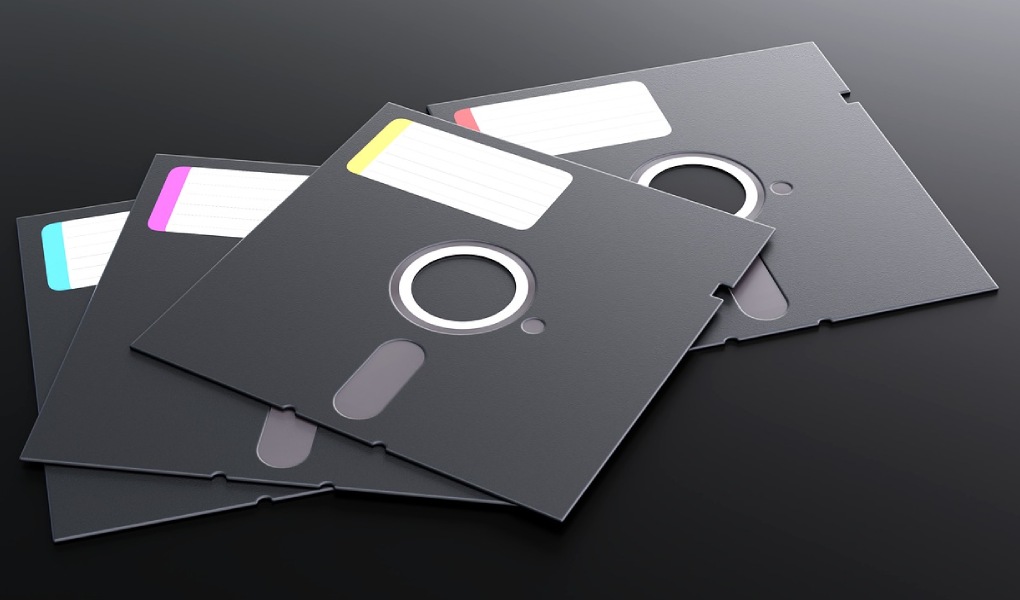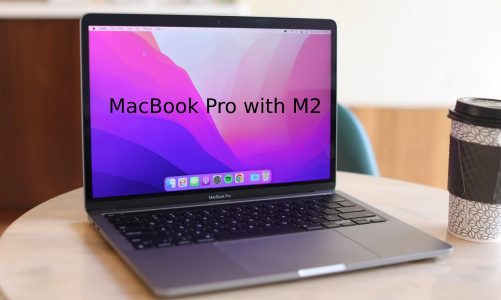SSD disks are conquering more and more market shares while old magnetic, mechanical hard disks risk disappearing permanently
Technology is advancing rapidly, and what we believed to be indispensable until yesterday is outdated today and will be useless tomorrow. We experimented with 3.5-inch floppy disks (first 5.25-inch, and before that 8-inch): used for many years to store and share files and then replaced by CD-ROMs, DVD-ROMs, Blu-Ray, and, finally, USB sticks and cloud services.
Speaking of storage media: it is precisely in this category that we find a technology close to extinction: traditional mechanical hard drives, i.e., magnetic HDDs, are increasingly replaced in desktop and laptop computers by solid-state SSDs. Hard drives are sold less and less monthly and quarterly, and Trendfocus data relentlessly certifies this. In the second quarter of 2022, sales of all primary hard drives collapsed: both 3.5-inch disks for servers and 3.5-inch disks for consumer desktop PCs and, finally, 2.5-inch ones for laptops and mini PCs. But not only that, all three big names in the sector are losing: Seagate, Toshiba, and Western Digital.
HDD Disks: How Many Are Sold
Total shipments of magnetic hard drives in the second quarter of 2022 stopped at 45 million pieces, down 16% from the previous quarter and 34.2% from last year.
Disks for ” enterprise ” use dropped slightly, totaling 2.5 million units sold, while ” nearline storage ” disks remained essentially stable at 19 million. The first big drop in sales was in classic 3.5-inch discs for end consumers: 13 million units, or -30%. Even worse went to 2.5-inch drives for laptops: -40%, with only 11 million units sold.
Seagate sold 29.7% fewer hard drives, Toshiba fell 42.8%, and Western Digital 34.6%.
A Technology In Extinction
Undoubtedly, such huge drops are also because, in recent quarters, sales of desktop PCs and laptops (and therefore also hard drives) have been driven by the pandemic, while those of this last quarter has not been at all. But there is much more behind the slump in HDD sales.
First of all, the obsolescence of this technology, born in 1956 and now exceeded in everything (except the price) by the solid-state SSD technology, which is much faster (both in reading and writing data), consumes less energy, and makes no noise. Then the obsolescence of the same local storage, that is, the storage of files on a home device with a disk inside.
From this point of view, to win (both on HDD and SDD, this time) is the online storage of cloud services. It will be said that they are in the cloud but are always disks. True, but the simultaneous management of the data of millions and millions of customers allows us to optimize the amount of space required incredibly. Each user has a disk in the computer, usually almost empty, but each server in the cloud is empty only the day it is installed and placed on the network.



